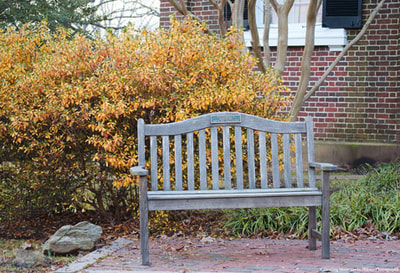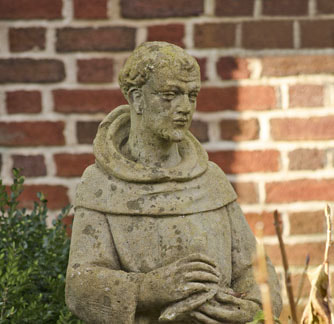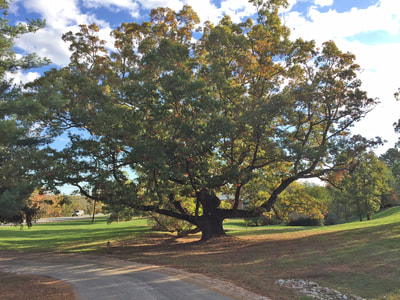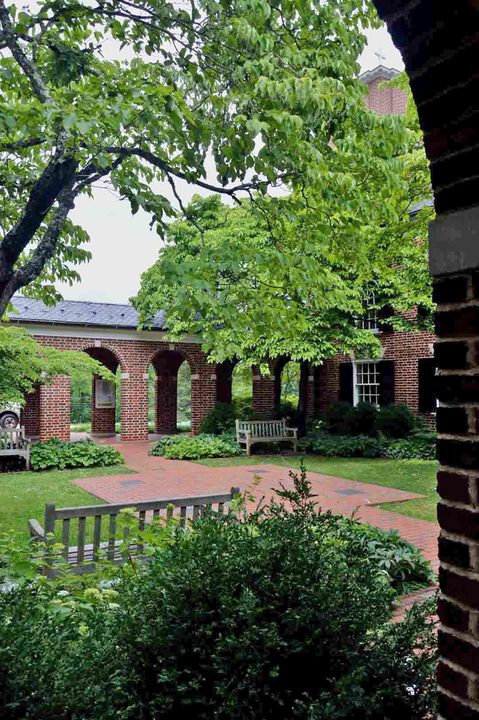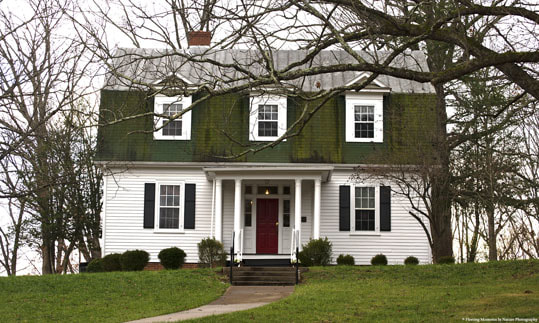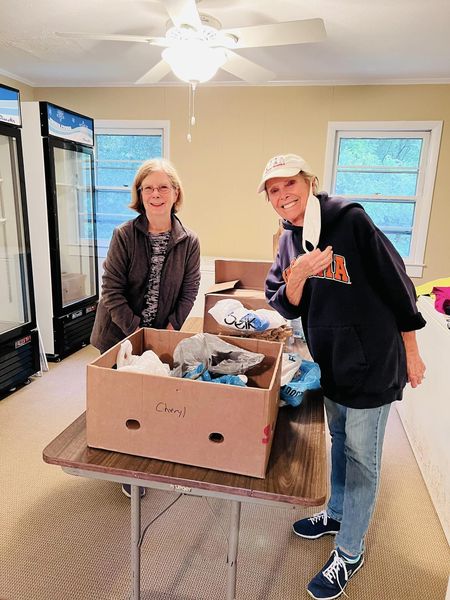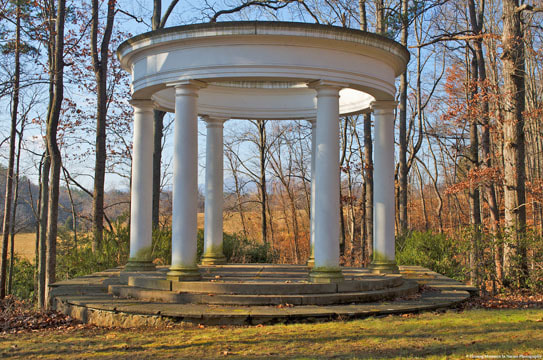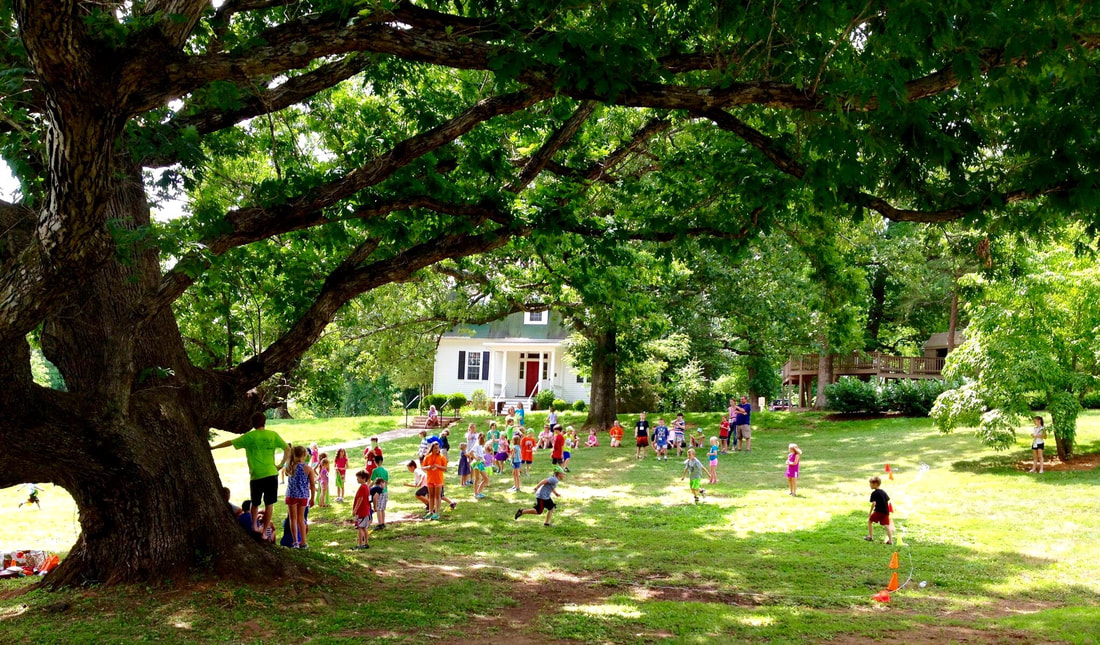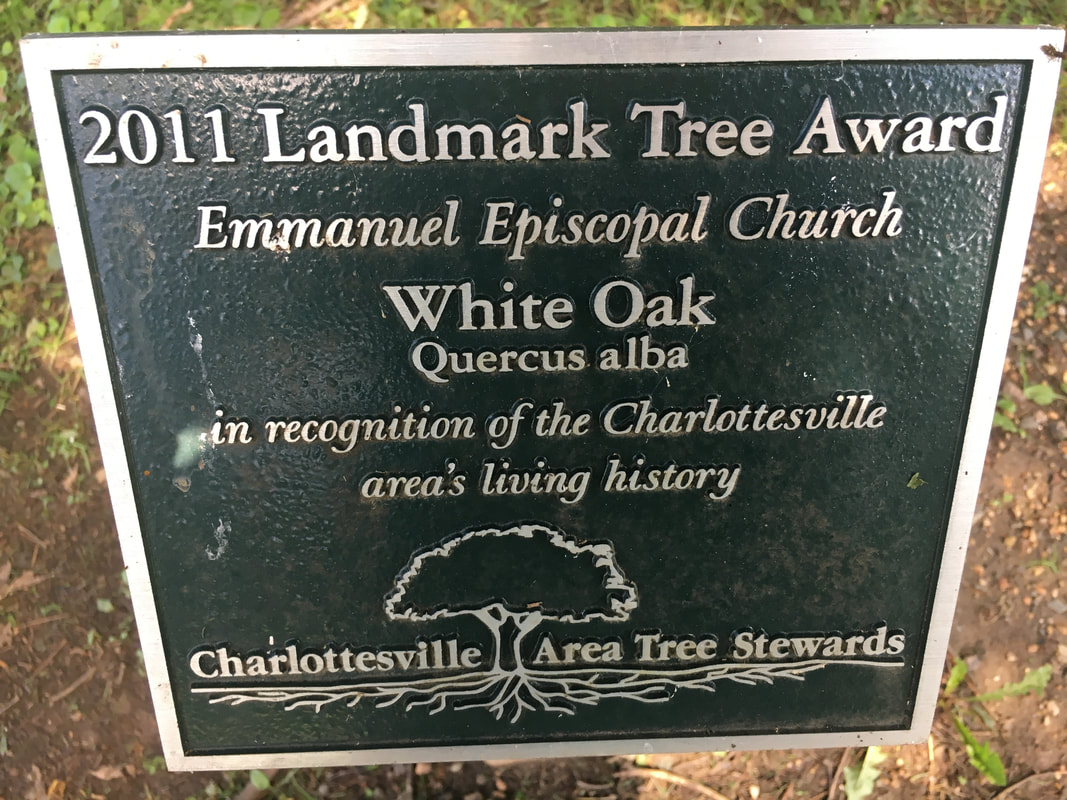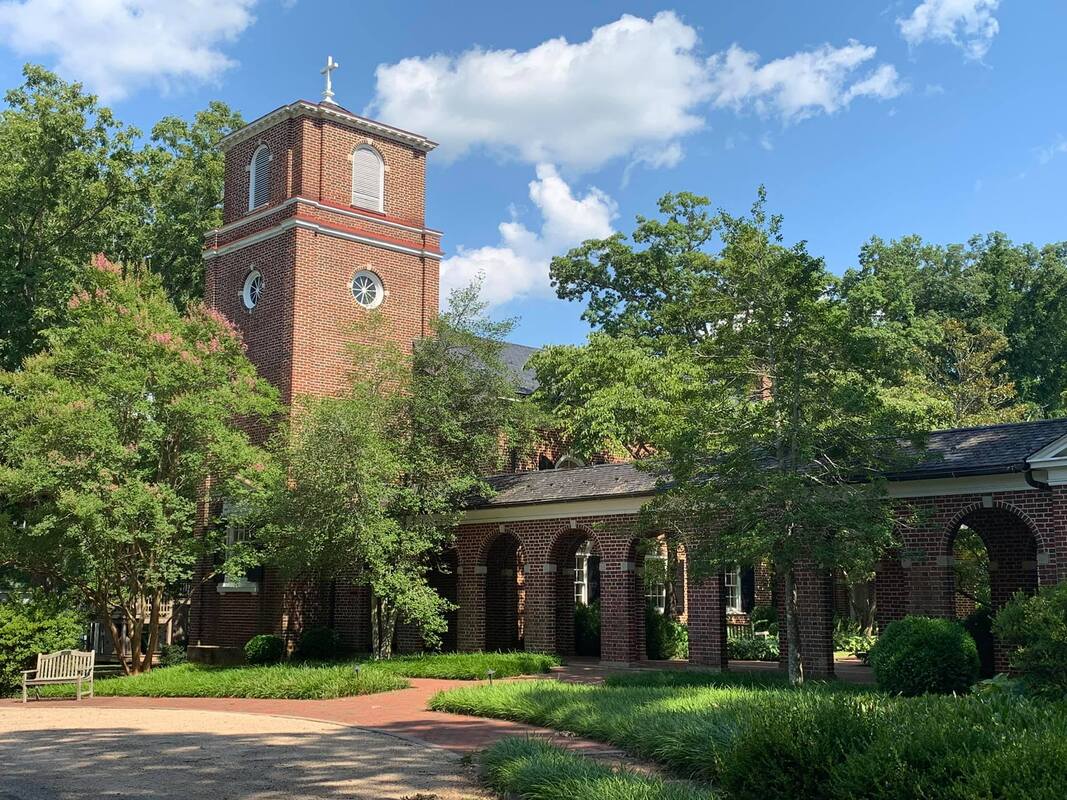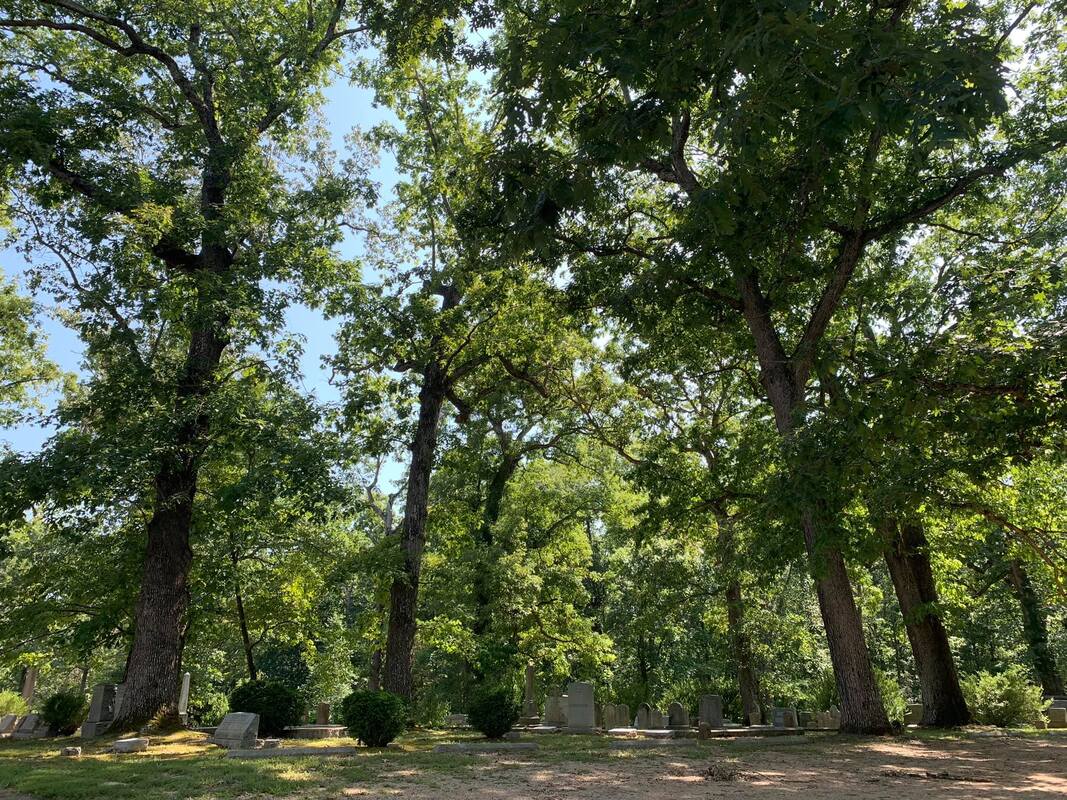Looking for information on the Ted Caplow Trail? Click Here!
Photos by Jenny Bartlett Strain
Getting Around EmmanuelParish Hall is the brick building that sits across from the church, linked by covered breezeways. It is our gathering place for coffee, fellowship, and education. The nursery and restrooms are located here.
Marston-LaRue is the house east of the church building that also holds the church offices upstairs. Sunday School rooms are on the first floor. Please enter at the front door.
Scott House is a brick ranch-style house that is located just next to the church. There is a sidewalk path leading to it just across from Marston-LaRue. Scott House is the home of The Rockfish Gap Food Pantry, Crozet Cares Closet and other ministries.
|
|
Cemetery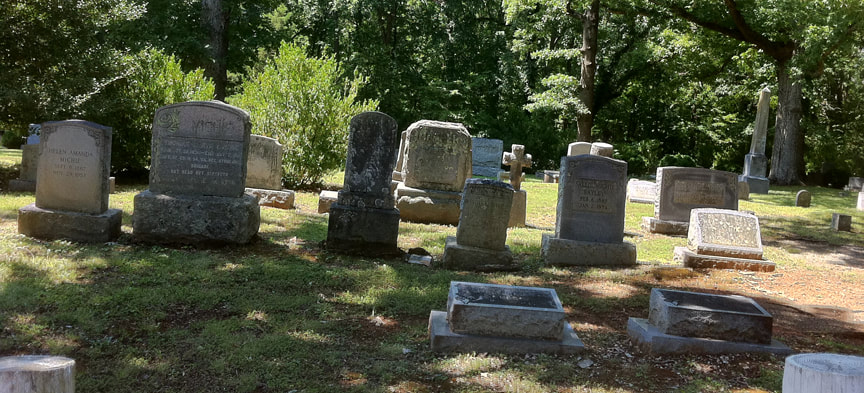
The first burial in our cemetery was in 1870. Alexander (Sandy) Garrett, the blind son of Mrs. John Bolling Garrett, died in his 30’s. His mother was laid to rest beside him 22 years later. Many gravestones are from earlier dates, but they was relocated from other estates and lawns, including those from Mirador.
In 1923, Rev. Edward Vogt presided over landscaping of the grounds and organization of the cemetery. Up to that time, there was no defined management of the plots. There were four so-called maps in circulation among the Vestry with little coordination between them. One angry parishioner complained that, for each of the three plots that he had selected, a body had been interred without his consent. He was planning to sue the Vestry after the third offense, but a personal visit persuaded him to be a good Christian and forgive. The subsequent organization under Rev. Vogt prevented such unfortunate mistakes from happening again. Notables in the cemetery:
Emmanuel Oak and Other TreesNOTE: March 13, 2022 Emmanuel observed a service of Thanksgiving for the historic oak at it's final stages of decline. Read the Crozet Gazette article here.
The Emmanuel White Oak was large even when the church was planned in the late 1850s. It is guessed to be more than 400 years old and has a diameter of nearly 6 feet. Its outstretched “arm” reaches more than 60 feet. It is now considered to be one of the top 100 trees in Virginia and is included in the book, Remarkable Trees of Virginia. A buffalo and Indian trail ran over the roots of the oak, along with the Rockfish Gap and Rivanna Turnpike that carried stagecoaches and wagons. You can still see remnants of a brick sidewalk near its base. It is guessed that its wide open setting and access to light gave it the opportunity to grow and thrive over many years. An arborist maintains and inspects approximately 30 historic trees on our property. |
This is the table, not of the Church but of Jesus Christ. It is made ready for those who love God and who want to love God more.
So come, you who have much faith and you who have little, You who have been here often and you who have not been for a long time or ever before.
You who have tried to follow and all of us who have failed. These are the gifts of God for the People of God.
So come, you who have much faith and you who have little, You who have been here often and you who have not been for a long time or ever before.
You who have tried to follow and all of us who have failed. These are the gifts of God for the People of God.
Adapted from The Iona Community, Iona Abbey Worship Book, (Glasgow, UK: Wild Goose Publications, 2001), 53.
Telephone |
|

